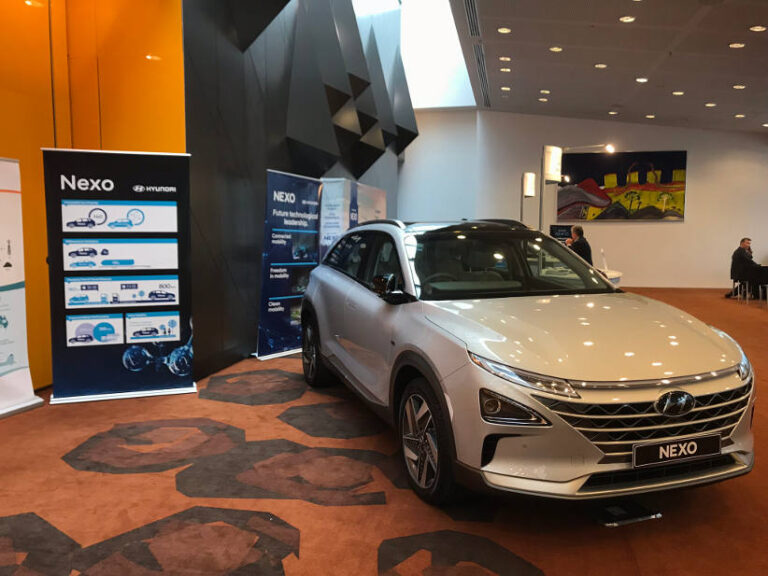With discussion on the future of Australia’s transport fleet growing day by day, it’s time to bring the other electric vehicle to the forefront of this important conversation. Hydrogen is the perfect solution for back-to-base fleets.
Hydrogen fuel cell vehicles, an electric vehicle powered by hydrogen, is the lesser known zero emission technology but not for long. With long range, quick refuelling time and mass carrying ability, hydrogen-powered transport is set to be an integral part of Australia’s transition to a zero-emission transport sector.
While conversations regarding the relative strengths and weaknesses of electric vehicles have dominated transport discussions in recent weeks, hydrogen-powered cars, buses, trucks and trains are being rolled out worldwide supporting the inevitable transition away from the internal combustion engine and offering another choice of electric vehicle.
In Australia, Hyundai and Toyota are significantly investing in the roll out of hydrogen vehicles by building hydrogen refuelling stations and introducing cars to the country in anticipation of the immense opportunity for hydrogen transport in the future.
Hyundai’s hydrogen fuel cell electric SUV, the NEXO, is available in Australia in 2019 with the first 20 vehicles being deployed in the ACT towards the end of this year. It delivers a range of up to 800 kilometres, equivalent to a diesel SUV of similar size and a refuelling time of only 3-5 minutes.
Hydrogen fuel cell technology also has the capacity to directly replace diesel buses and trucks without compromise, reducing transport emissions in challenging areas such as long-distance freight and heavy haulage vehicles.
Given the performance characteristics of hydrogen fuel cell vehicles, the transition from traditional internal combustion engines to electric drivetrains can be one of minimal disruption, with little change in behaviour to the way we use our petrol or diesel vehicles today.
A lack of infrastructure is often noted as one of the main barriers to uptake of hydrogen-powered vehicles and Australia does have some way to go on this front. However, through the National Hydrogen Strategy endorsed by COAG in 2018, Australian governments have committed to scope the opportunity to build hydrogen refuelling stations in every Australian state and territory.
Through this project, Australia will have a clear pathway outlining how and where we deploy the refuelling infrastructure we need to develop a hydrogen mobility sector nationwide.
Hydrogen Mobility Australia CEO, Claire Johnson said that as the industry advocate for zero emission vehicle technology, both battery electric and hydrogen fuel cell electric vehicles have an equally important roles to play with uptake determined by the lifestyle and usage patterns of consumers and businesses.
“Through their relative strengths and weaknesses, both types of electric vehicles, that is hydrogen fuel cell and battery, can work together to ensure an orderly transition away from the internal combustion engine.
“While hydrogen-powered vehicles are a relatively small part of the Australian market today, they represent an important pathway to decarbonise the sector across all transport segments.
“It’s time to put the rhetoric to the side and determine which zero emission technology options best meets the needs of our transport users now and into the future, and work together to make a clean transport sector a reality for all Australians,” Ms Johnson said.







